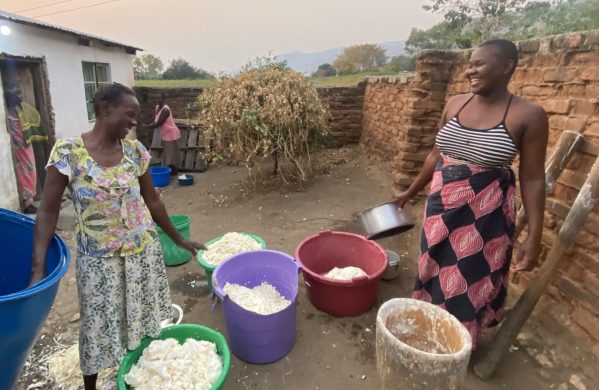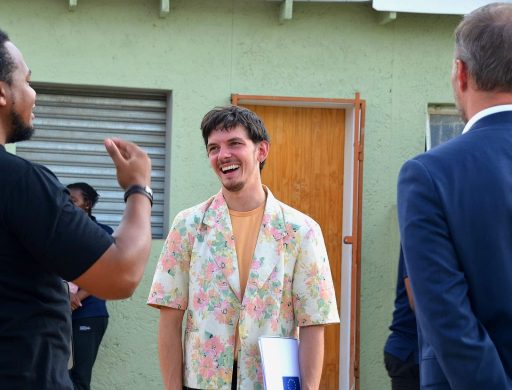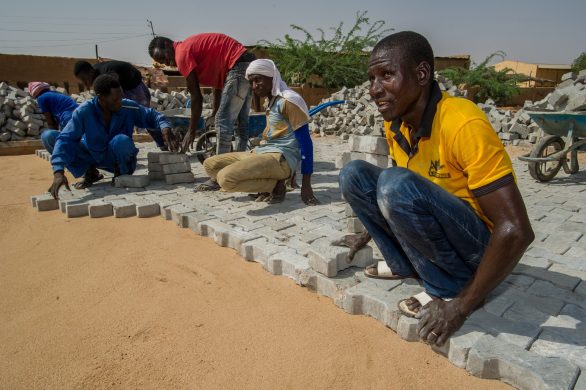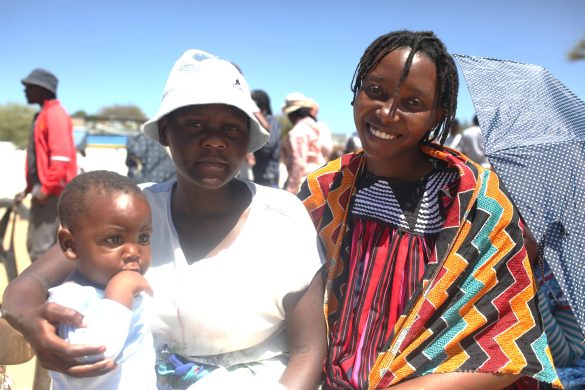Ny bog fra Verdensbanken kaster lys over, hvorfor det rent faktisk går så godt mange steder på kontinentet
WASHINGTON, 7th. July, 2011: As countries across Africa seek a path to greater prosperity after the global financial crisis, a new World Bank publication gives examples of proven, home-grown solutions that could serve as an inspiration to many.
Titled “Yes Africa Can: Success Stories from a Dynamic Continent”, the book gives insight into what worked and why, drawing from 26 cases studies, of which 20 are national in scope, while six involve multiple countries.
The case studies cut across themes, programs, and sectors. They include well-known success stories – such as visionary investments in human capital and economic diversification in Mauritius and Botswana – as well as those that are less famous – for example, Somaliland’s quiet emergence as a reliable trading post along the Gulf of Aden.
– The past two decades have been characterized by remarkable progress in Sub-Saharan Africa, so we set out to chart the determinants of those successes, said Shanta Devarajan, World Bank Africa Region Chief Economist, adding:
– Our goal here is not only to look beyond the usual headlines that paint a monolithic (ensidigt) picture of Africa, but also to make sure that successful experiences are shared and possibly replicated across the continent.
Overall, the case studies show that success was driven by collective action, usually but not always led by government, to either overcome or avoid the failures of the past.
– While the exact circumstances of Africa’s previously slow growth vary from country to country, there are generally two main causes: market failures and government policy distortions (forvridninger), said Punam Chuhan-Pole, a Lead Economist at the World Bank and the book’s main editor.
– Market failures can be corrected by creating incentives for desired outcomes, but government failure is more difficult to address, because it is usually harder to dislodge powerful individuals who are benefiting from the status quo, noted he.
– Where political checks and balances are strong, bad policies will not persist. When you look at the vast array of reforms documented throughout the book, what emerges is vivid proof of the innovation, dynamism, and enduring spirit of the African people, Mr. Devarajan said
CASE Studies Highlights
The case studies fall into four broad categories.
1) Reforming Distortionary Policies
Case studies under this category relate to instances where governments successfully reformed existing policies that had become an impediment (forhindring/spærring) to growth.
Notable examples include the revival of the cocoa industry in Ghana after near collapse in the 1980s, as well as efforts to overcome bad policies in the power sector through independent power producers after a long legacy of publicly financed utilities.
This category also includes coffee sector reform in Rwanda; fertilizers liberalization in Kenya; breaking away from overreliance on cotton exports in Burkina Faso; sweeping economic reforms in Tanzania; post-conflict economic revival in Uganda and Mozambique; and savvy investments of diamonds proceeds in Botswana.
2) Rebuilding a Government
This category encompasses three national case studies of post-conflict reconstruction— economic governance reform in Liberia, decentralization in Sierra Leone, and the empowerment of traditional structures for conflict deterrence in Somaliland.
3) Rationalizing Government Involvement In Markets
Case studies under this category highlight the catalytic role that the state can play in spurring economic growth and job creation.
The book surveys Lesotho’s capture of the lion’s share in African exports of clothing to the United States; forward-looking investments spurring mango exports from Mali; Mauritius’s crafty retooling of its economic base to adapt to a changing global context; Malawi’s experimentation with agricultural input subsidies; Rwanda’s innovative foray into ecotourism; liberalization of the telecom industries, and the successful containment of malaria across Africa.
4) Listening to the People
This category chronicles examples of bottom-up participatory approaches that proved effective in policy interventions.
A prime example is how Ethiopia resorted to a community-based health system to address a shortage of doctors and nurses to care for its population of 80 million people.
Likewise a series of failed attempts to generate a high-yield variety of rice led scientists in West Africa to crowd-source their research by bringing ordinary farmers into the selection process. This resulted in the rapid identification of new varieties of high-performing hybrid rice that are now cultivated in some 30 countries.
Other case studies in this group include: performance-based financing in the health sector in Rwanda; free universal primary schooling in Uganda; multi-country family planning programs; the use of portable micro-irrigation pumps in a dozen countries; and M-PESA, Kenya’s well-known mobile money transfer platform.
————-
For more information about the book “Yes Africa Can: Success Stories from a Dynamic Continent”, please visit: http://go.worldbank.org/OFD841GU60 or http://blogs.worldbank.org/africacan
Kilde: Verdensbanken














